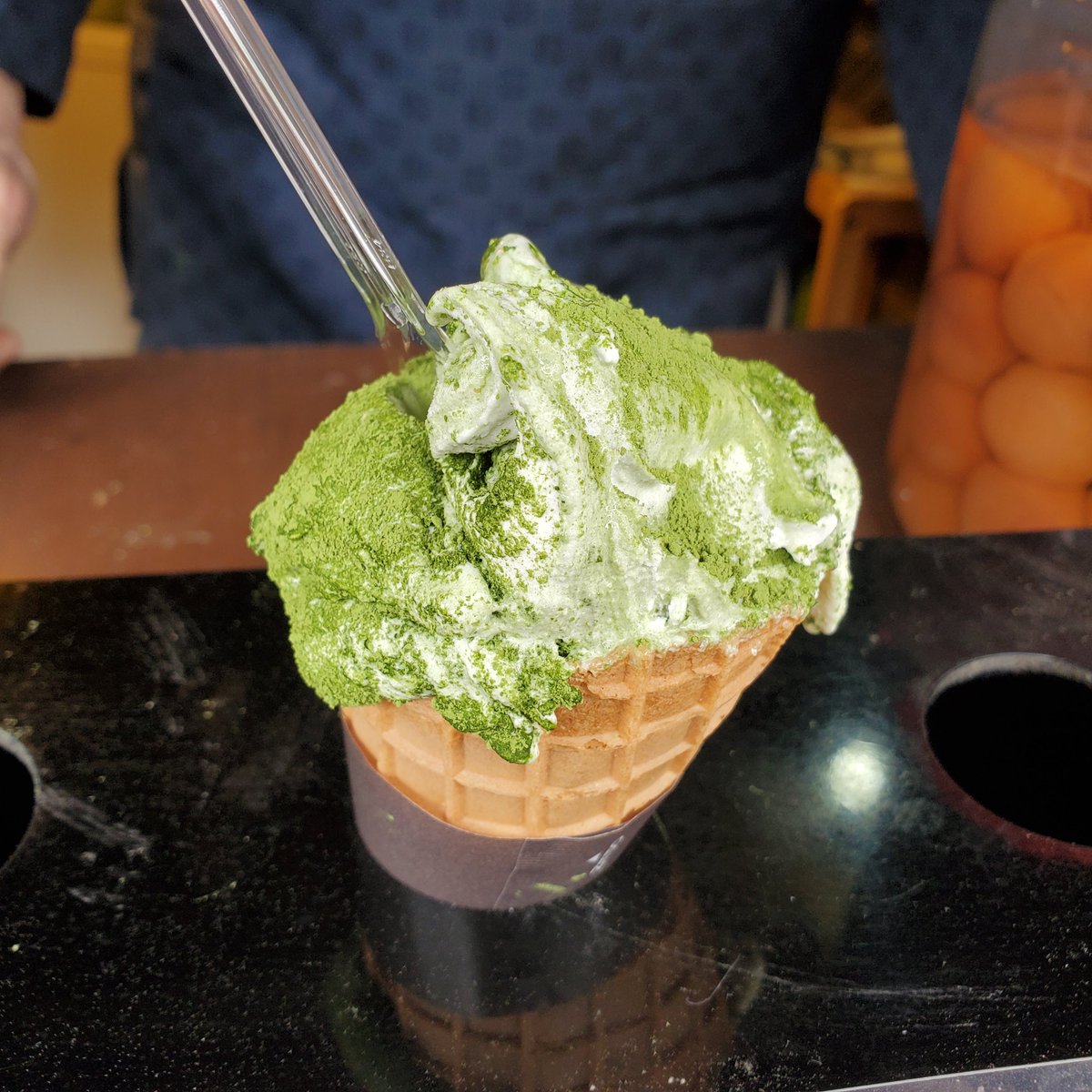through the smoke
a glimpse of olden times...
fallen leaves
けぶらして昔めかする木の葉哉
-Kobayashi Issa (小林一茶), 1807.
Trans. David G. Lanoue.
#Kyoto #京都 #Japan #銀杏 #ginkgo #autumn
a glimpse of olden times...
fallen leaves
けぶらして昔めかする木の葉哉
-Kobayashi Issa (小林一茶), 1807.
Trans. David G. Lanoue.
#Kyoto #京都 #Japan #銀杏 #ginkgo #autumn

The Great Yellowing is not yet upon us (ginkgo leaves will reach their golden peak around November 23rd), but you've probably already smelt autumn in the air.
When the fruit from female ginkgo trees falls & begins to rot, the butyric acid in the skin gives off a vomit-like odor🤢



When the fruit from female ginkgo trees falls & begins to rot, the butyric acid in the skin gives off a vomit-like odor🤢




🌳THE UPSIDE DOWN GINKGO🔃
Nishi Hongan-ji's (西本願寺) famed 400 year old 'sakasa-ichō' (逆さ銀杏 'upside down ginkgo') is so-named because when the leaves have fallen it looks surprisingly like roots reaching up to the sky.
#Kyoto #ginkgo #京都 #西本願寺 #folklore #逆さ銀杏



Nishi Hongan-ji's (西本願寺) famed 400 year old 'sakasa-ichō' (逆さ銀杏 'upside down ginkgo') is so-named because when the leaves have fallen it looks surprisingly like roots reaching up to the sky.
#Kyoto #ginkgo #京都 #西本願寺 #folklore #逆さ銀杏




Since being planted in 1636 'sakasa-ichō' has escaped two major fires.
Locals reported water coming from the tree during the conflagrations, and so it also became known as the 'water spraying ginkgo' (水吹き銀杏).
#西本願寺 #Kyoto #銀杏 #京都 #Japan #逆さ銀杏 #Nishihonganji
Locals reported water coming from the tree during the conflagrations, and so it also became known as the 'water spraying ginkgo' (水吹き銀杏).
#西本願寺 #Kyoto #銀杏 #京都 #Japan #逆さ銀杏 #Nishihonganji
As mentioned before, ginkgo were often planted in the grounds of temples and shrines (and the gardens of larger homes) as they were considered a primitive sort of fire prevention.
By all accounts they saved a handful of temples that would otherwise have been consumed in flames.



By all accounts they saved a handful of temples that would otherwise have been consumed in flames.




Kameya Yoshinaga's (亀屋良長 @yoshimura0303) 'yearning for autumn' (秋想う)...ginkgo and maple leaves drifting in a stream.
The sweets were made specially for the tea room at the Old Mitsui Family Shimogamo Villa (旧三井家下鴨別邸) last autumn.
#銀杏 #Kyoto #旧三井家下鴨別邸



The sweets were made specially for the tea room at the Old Mitsui Family Shimogamo Villa (旧三井家下鴨別邸) last autumn.
#銀杏 #Kyoto #旧三井家下鴨別邸




• • •
Missing some Tweet in this thread? You can try to
force a refresh

































































